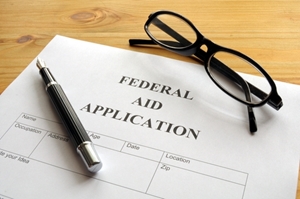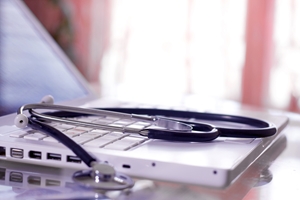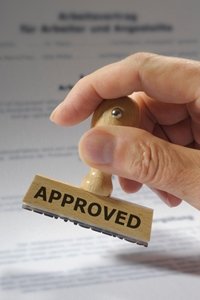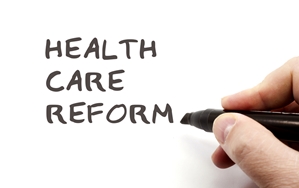
For people who don't have employee benefits, the Affordable Care Act set up a system in which income-eligible consumers could apply for financial assistance, enabling them to purchase coverage through the exchanges at a low cost. However, at least among 18 to 34 year olds, fewer people may apply for a subsidy than has been stated.
Young adults may face a 41 percent narrower income range in order to qualify for monetary assistance to purchase coverage through the federal or state facilitated exchanges, HealthPocket found. Researchers came to this conclusion after examining eight cities and what the maximum amount 18- to 34-year-olds could earn in the average year and still apply for a subsidy. The total earnings that someone could earn in a 12-month period and maintain eligibility was approximately $31,744, which is 277 percent of the federal poverty level.
However, as researchers at HealthPocket pointed out, people making 100 percent and 400 percent of the federal poverty level are all supposed to be permitted to receive financial assistance, meaning that people making as much as $45,960 could still apply.
Some of the cities used in the analysis included Philadelphia, Penn.; Miami, Fla.; Los Angeles, Calif. and Atlanta, Ga.
"The study of the intersection of incomes and premiums for young adults in eight cities has revealed what might be termed an ObamaCare subsidy gap," said Kev Coleman, head of research and data at HealthPocket and one of the study's co-authors. "This gap, however, is not necessarily a negative condition inasmuch as the absence of a subsidy for an income eligible young adult means that the benchmark premium was not expensive enough to trigger a subsidy."
Approximately 83 percent of the 4.2 million people who have selected health plans are eligible for financial assistance, according to the latest enrollment numbers released by the U.S. Department of Health and Human Services.





